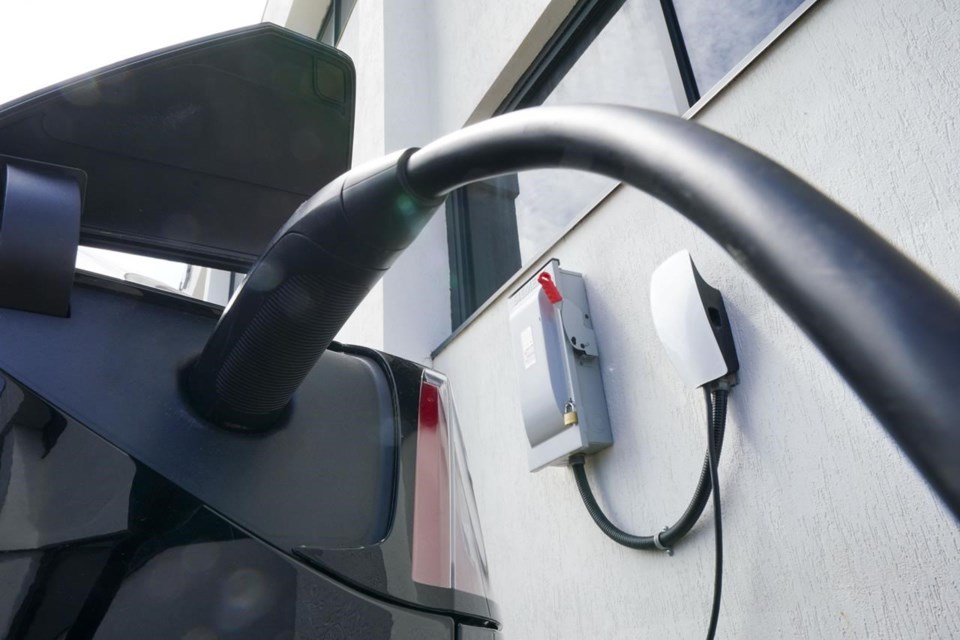TORONTO — As sky-high inflation and supply chain bottlenecks put pressure on the zero-emissions vehicle industry and getting infrastructure built to accelerate adoption, the Canada Infrastructure Bank (CIB) is looking to fill that "uncertainty gap."
On Wednesday, the bank launched its $500-million initiative to boost zero-emission vehicle charging and refuelling infrastructure.
First announced in the spring as part of Canada's 2030 Emissions Reduction Plan and the federal budget, the initiative will support Ottawa's goal of accelerating the adoption of zero-emission vehicles and the addition of 50,000 new chargers and refuelling stations across Canada, through partnerships with the private sector.
One of the key barriers to zero-vehicle adoption in Canada is the lack of public charging and refuelling infrastructure, with approximately 22,000 public chargers and six hydrogen refuelling stations installed as of August 2022.
In an interview, Canada Infrastructure Bank CEO Ehren Cory said the bank hasn't yet signed any deals with private partners, but is "having meetings with all parts of the charging sector."
These include traditional operators like gas stations, as well as specialty businesses in the charging industry and even retail businesses.
"Even with the supply chain challenges we face — even in the world we're in — the economics make sense," he said.
The financing targeting the private sector is structured so repayment is aligned with use levels.
If use does not reach certain agreed levels, then required repayments will be proportionally lower, and if use levels exceed expectations, the bank's return will increase proportionally.
The bank said the financing structure is intended to address the uncertainty around zero-emission vehicle adoption rates faced by developers and investors.
Cory acknowledged that it might take a while to generate revenue from the charging projects it chooses to invest in.
"We're investing in a business and the business is charging infrastructures, and their profitability is going to ultimately drive the speed at which we get repaid for sure," he said.
But he is "confident" that the bank will "not only be repaid, but earn a return."
"We've structured (the financing) with deferral in the early years, and then stepping up payments to us, including stepping up interest rates as utilization goes up through the life of the asset," he said.
Canada Infrastructure Bank's mandate is to invest $35 billion in revenue-generating infrastructure which benefits Canadians and attracts private capital.
Since its founding in 2017, the bank has brought in nearly $22 billion in capital into new and enhanced Canadian infrastructure. That total includes $7.7 billion in private and institutional investment.
Cory said the bank has finally found its footing.
"I think we have a much better focus. We also have a really clear governance process, in the way we make our investment decisions where our shareholder — which is the (federal government) — sets policy goals for us," he said.
"But then we manage the investment activity in a very commercial way with our board, which is diverse, covers the country, covers a lot of different sectors, but has a ton of commercial experience. So we are able to go faster."
This report by The Canadian Press was first published Sept. 28, 2022.
Adena Ali, The Canadian Press



